Why Add True Bypass Loopers To Your Pedalboard?
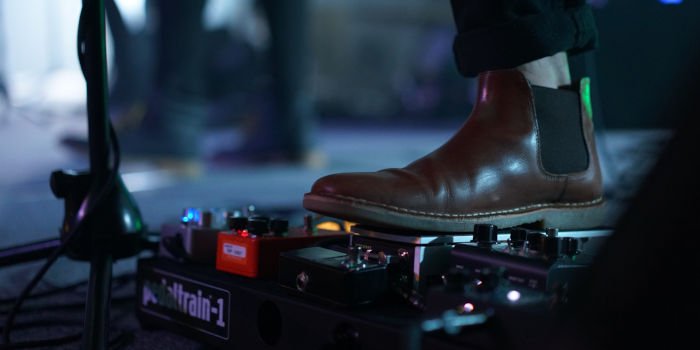
Published: 31/10/2016
Under: Guitar Gear
If you’re like me, you’ll want to use quite a few guitar effects pedals. But you’ll also want to signal chain clean. One way to do this is to add true bypass loopers.
Using true bypass loopers allows you to isolate pedals, making it easier to locate bad leads/pedals so that your gig doesn’t have to stop when you have a problem.
And while you could try and simplify your rig, another solution is to add true bypass loopers to your pedalboard! It’s a much better option!
What Is A True Bypass Looper?
As its name suggests, a true bypass looper removes the pedal from the chain in a way that the signal doesn’t go through anything. So, no buffers, no long cable runs, nothing!
Since this isn’t a post on How To Build A True Bypass Loop Pedal, I’ve written another post that details building one for yourself. I also cover the different options and building a custom true bypass looper system.
Why should we use them?
There are many ways to use one of these true bypass loopers. One of the most common uses is to enable easy access to a group of similar sounds via one footswitch.
Another use is cleaning up a long signal chain, by providing an easy way to bypass individual pedals or mute the whole lot. Let’s explore these ideas in more detail?!
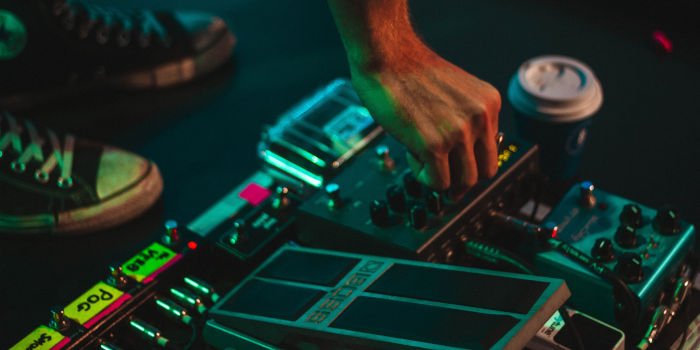
How can we add one to the pedalboard?
You might have seen photos of professionally built pedalboards where there’s a strip of footswitch at the bottom and pedals around it. That strip is a true bypass looper and in this application allows for pedals to be activated centrally while avoiding wild tap dancing movements!
Also, by having one or two pedals per loop, you are maintaining a cleaner signal path by only bringing in that one/two pedals. This is a cool way to build an easy-to-use rig while not investing in expensive MIDI switching gear which would take up more space on stage!
We can use a looper to group effect types together and therefore simplify our pedalboard. Say you’re running a compressor, a few overdrives, a tremolo, a phaser, and a delay or two.
You could group the overdrive pedals into one bypass loop. Your tremolo and phaser could sit in another bypass loop. Finally, you could use a third bypass loop for your favorite delay pedals. Building your pedalboard this way makes it easier to set up sounds before you click them in.
You could run your whole pedal chain in a loop. Doing so would enable you to switch to a clean tone in a micro-second, regardless of the number of pedals turned on!
Lastly, if you have a signature sound that involves a few different pedals, you could group these pedals into one loop. You’d avoid tap dancing but still be able to switch to that iconic guitar tone easily.
Which True Bypass Looper fits our situation?
While this is a tricky question to answer, it’s best to start with a simple single loop. You can learn how to build one, or you can buy one. Think through how you will use it overall.
Do you need a really clean signal? Or A device that will simplify your pedalboard? Or do you want to take it to the next level and be able to create presets or change amp channels?
If so, then you’ll need something like Joyo PXL8 PRO. It’s highly flexible and allows you to program several sounds and functions in minutes.
If you decide to build your own, your only limit is pedalboard space!
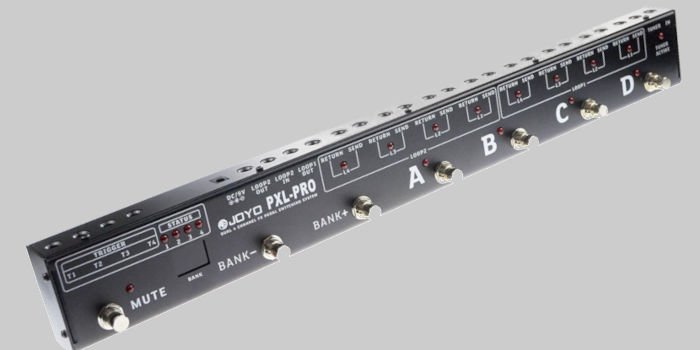
photo by JOYO
Don’t do this when trying to add true bypass loopers to your board!
Please, don’t forget to have at least one buffer in your pedal chain. Why? If you’re running through long two fairly long cables and a whole bunch of small cables, you’ll have a lot of capacitance. The result is a weaker, darker guitar signal.
If you add one buffer you’ll see none of this, and you’ll have a stronger brighter guitar tone. Personally, I like to use a Boss tuner pedal as both a buffer and a tuner. Plus, they can be used at either end of the chain.
Have fun with your pedalboard when you add true bypass loopers. You’ll see their effect instantly!


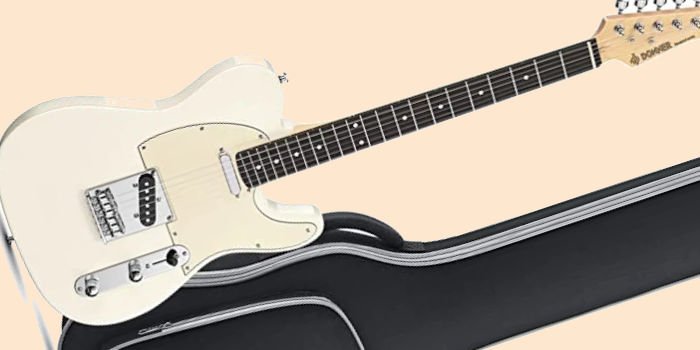
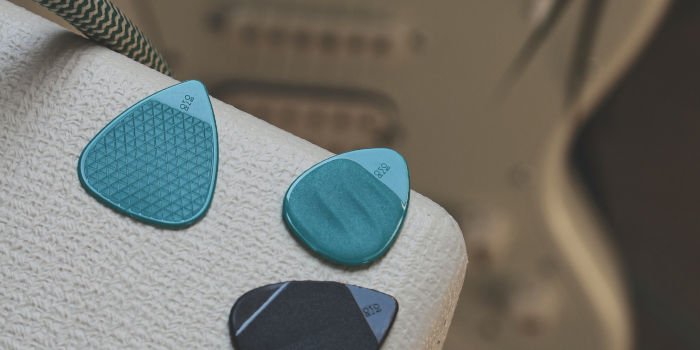
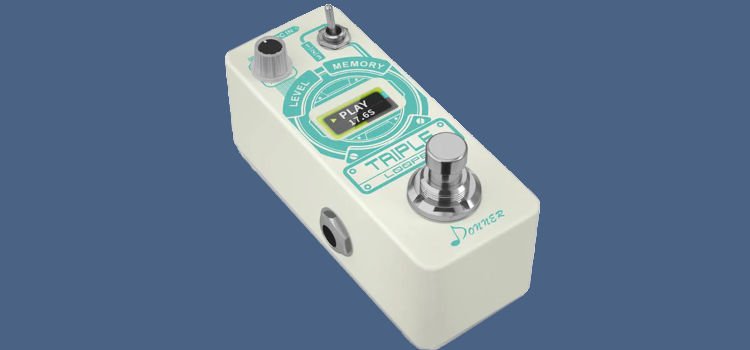

Leave a Reply